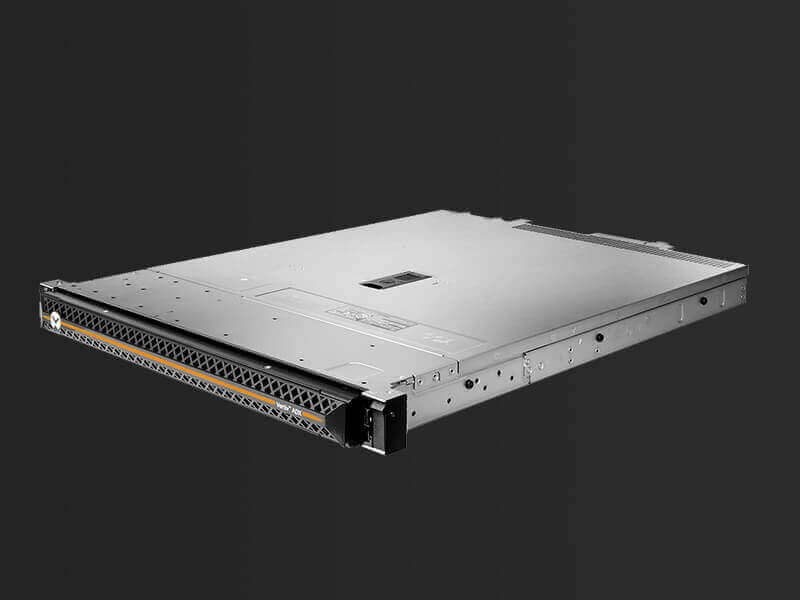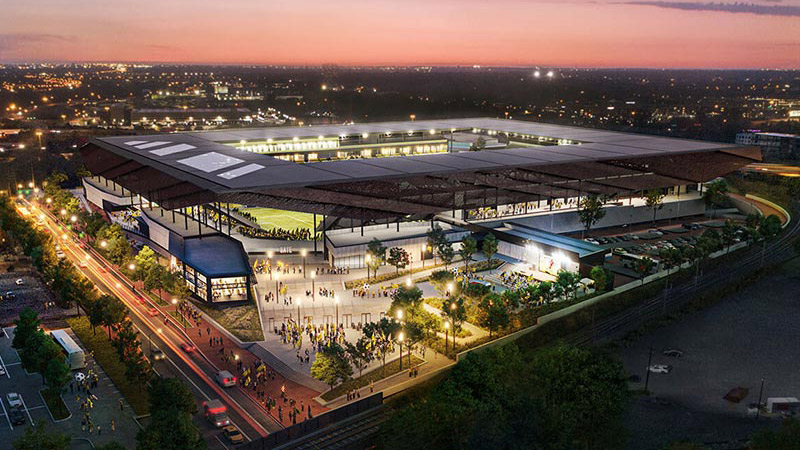With another Academy Awards season in full swing, there is plenty of Oscar buzz about which film will take best picture and who will win the much-coveted best actor awards. While data centers may not be up for the gold statue, they increasingly are featured in blockbusters, with varying degrees of accuracy. What’s more, the film industry relies on data centers – and especially edge computing – to support the film creation and production process. And we also can’t forget the role data centers play in getting the awards show on the small screen.
Data Centers Depicted in Film
Movies tend to view technology through the lens of intrigue, manipulation and the threat that computers will wreak havoc on the universe, so it’s hardly surprising that servers have found their way into movie plotlines, sometimes even in a leading role. Think no further than the plot of the 2021 film, Space Jam: A New Legacy,” which revolves around a data center called “Serververse,” the name of a shared digital universe within a server.
Are movies getting it right? Consider the following:
- “Ocean’s Eleven” takes creative license in its portrayal of criminals using an Ethernet cable to gain access to a video stream of a casino’s security cameras. While the movie does a fair job of portraying the data center, it overlooks the importance of finding the right server cabinet and cable.
- In “Skyfall,” James Bond is interrogated in a data center located on a Mediterranean island, where the villain is creating computer chaos. The servers have no racks, enclosures or any apparent cooling. Although some organizations have leveraged cool, clean outside air in northern locations to minimize cooling, uncooled servers on a Mediterranean island can still be classified as science fiction.
- “Tron: Legacy” also depicts a futuristic data center, though the servers are evenly spaced with no regard for cold and hot aisles, making the design inefficient at best. The movie’s protagonist also plugs directly into a server. But again, we’re talking about the future.
Tech experts could argue the technical accuracy of these films, but less up for debate is the film industry’s ever-increasing reliance on data centers to get movies made quickly and efficiently. The industry depends on fast-in, fast-out IT infrastructure for these short-term projects.
Mission-Critical Movies at the Edge
Films keep getting bigger, adding more visual effects, and they are more technically complex. Movie sets, often located in remote locations, demand compute-intensive applications and latency-free computing power. In addition to editing, sound and special effect needs, production crews rely on data centers for:
- Storage of digital assets and data backup services: Over the past 20 years, filmmaking has turned to digital technology, calling for large volumes of data to be stored securely. The crew relies on data centers to protect these assets, which includes raw footage and audio files.
- Video processing: During the post-production phase of movies, data centers must quickly process large volumes of video data.
- Content distribution: Once wrapped, movies are distributed to streaming platforms and theaters. Data centers offer the infrastructure to distribute the content securely and efficiently.
When films are shot in in remote areas, there are challenges. For example, bandwidth can be limited, which can lead to costly delays and cloud-based latency issues. Fortunately, edge data centers can step in to support critical filmmaking processes, such as providing data management and storage.
Future of Film Production Calls for Edge Computing Solutions
Digitization of film assets has been the greatest change in the film industry, enabling fast, easy sharing of specific scenes or full footage between filmmakers, crew and studio executives. Future 5G versions will provide enough bandwidth to transfer raw video via wireless data transfer and send video straight from a camera to an edge server to be processed and sent right back in real time. See an example of how one studio supports their film making process…
Read "Award Winning Film Studio Harnesses IT for Production Boost."
Given the booming demand for streaming services and content, we are in a new entertainment era. Looking ahead, we can expect movie production edge computing technology to increasingly take on tasks currently provided by virtual workstations in the cloud.
Whether filmmakers capture technology accurately or take creative license, we can expect edge data centers and servers to take on more leading roles in films of the future. And while the film industry is leveraging data centers to produce films, the broadcast industry will also rely on data centers as well as management tools that such as the Vertiv™ Avocent® HMX Digital High Performance KVM that offer the high resolution, near-zero latency and “at-the-PC” experience needed to ensure today’s award shows run smoothly.
Learn more about Vertiv’s edge data center management capabilities.






